 It is 7 a.m. and I am investigating the world’s most popular mind-altering drug. Having scrutinised the latest data, it’s time for a hands-on experiment. The substance in question is a potent white powder called 1.3 7- trimethylxanthine. Its use has reached endemic levels in children – and health care professionals are concerned. You will know this drug as caffeine. And the formulation under scrutiny is called an ‘energy drink’.
It is 7 a.m. and I am investigating the world’s most popular mind-altering drug. Having scrutinised the latest data, it’s time for a hands-on experiment. The substance in question is a potent white powder called 1.3 7- trimethylxanthine. Its use has reached endemic levels in children – and health care professionals are concerned. You will know this drug as caffeine. And the formulation under scrutiny is called an ‘energy drink’.
Ever since highly caffeinated energy drinks charged onto the scene twenty years ago, they have been branded “dangerous” and “harmful” by the media. Today, one in ten British teenagers drink an energy drink on most days, and a frightening 25% of children under ten have drunk one in the past year. I’ve decided to discover out what’s really inside them – and find out what they taste like.
So, having made my way to a local Tesco Express, I buy a can of ‘Monster Energy – a voguish drink recently implicated in a string of deaths. It doesn’t come cheap: at £1.47 for a can, the beer makes for better value. Something tells me, however, that I’m not the typical Monster drinker: the manly black packaging, jagged claw logo and promise of a “wicked mega hit” point to a somewhat younger male target audience. Sponsorship deals for extreme sports events, rock bands and concerts have secured Monster as the drink of choice for hoodie-wearing under 25s. And there certainly are a lot of thirsty thrill seekers out there – last year alone Monster fans collectively downed an astonishing 700 million cans. At this rate, Monster is set to eclipse Red Bull – the energy drink’s originator and current leading brand.
Energy drink ’empty’ calories
The can in my hand opens with a satisfying crack and hiss. It smells slightly fruity; which is surprising given that it’s never been near a fruit (or much else natural for that matter). It tastes a bit like cough medicine and it is sweet. Very sweet. I shouldn’t be surprised given that each serving has fourteen sugar lumps dissolved in it (plus artificial sweeteners). And all that sugar makes for a lot of calories: a 500ml can of energy drink contains the same number of calories as a Mars Bar, a McDonald’s hamburger or five apples. (No prizes for guessing which of these is the most nutritious.) However, unlike solid sustenance, these soft drinks have no fibre, fat or protein. Nutritionists call it ‘empty calories’ – and regular consumption of them is a risk factor for obesity and diabetes.
Energy drinks are very acidic
The pleasant tangy aftertaste isn’t an accident either. It’s the acid. For although all carbonated drinks are naturally acidic, drinks manufacturers add extra to give their creations extra bite. A lab probe tells me that this can has a pH of 2.7 – sourer than a grapefruit. Other brands are worse: Rockstar has an acidity (pH 1.5) approaching that of battery acid. A good swill of this sharp tasting stuff is perfect for stripping tooth enamel. And drink enough of it every day and it’s not just the dentist who’ll be peeved; evidence shows that skeletal bones will gradually weaken, putting long-term slurpers at risk of osteoporosis.
Energy drink caffeine + weird ingredients
Many of these health charges could be levelled at other soft drinks like coke or lemonade. Energy drinks, however, have a caffeine content to make Coca Cola look like a sleep remedy. My single can of Monster contains the same caffeine as three cups of instant coffee. And while this isn’t going to trouble an adult too much (it works out at 160mg – well below the 300mg adult daily health limit), it is too much for a child in one go. Youngsters will more easily experience caffeine’s side effects: shakes, agitation, palpitations, indigestion, inability to sleep and aggression. Several cans could easily put a child in hospital. Plus, caffeine also changes the shape of brain cells – making them more ‘spikey’. The long term impact of this on a child’s brain development is completely unknown.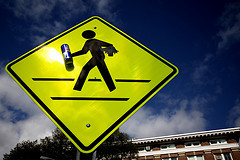
There are other things in an energy drink. They generally a bizarre blend of fantastical sounding vitamins and additives deigned to further stimulate or improve physical performance: B vitamins, gingko, ginseng, glucuronolactone, guarana, L-arginine, L-carnitine, milk thistle, niacin, n-acetyl-L-tyrosine, taurine, yohimbine HCL, vinpocetine, 5-hydroxy tryptophane… and there are more.
The latest research shows that most of these ingredients don’t do much other than sound impressive: Vitamin B3 (Niacin), for example, is at levels far too low to do anything; while glucuronolactone, even at super-high concentrations, is about as invigorating as water. Some additives aren’t completely innocuous, however – ginseng can interfere with blood clotting and yohimbine has the potential to interact with blood pressure tablets and other medicines.
As anticipated, I finish my drink feeling a little bloated but with no adverse effects. From a health viewpoint, there is absolutely nothing going for these energy drinks. They have no nutritional value and no redeeming features.
I’m pleased that my experience didn’t give me the “vicious punch” the packaging blurb promised either. It just feels as if I have eaten a packet of Skittles and drunk a couple of coffees far too quickly. It’s not difficult to see why the kids love it.
For me, I think I’m going to stick to cups of coffee – black, no sugar. (In moderation, of course.) But as I’m still feel pretty “amped” right now, I might just not have a brew for a good few hours …
Thanks for reading - all opinions expressed are my own. Feel free to add your thoughts in the comments below.
Reference:
Quintana, E. (2012). Health Effects of Energy Drinks on Children, Adolescents, and Young Adults Yearbook of Emergency Medicine, 2012, 175-176 DOI: 10.1016/j.yemd.2012.01.034
Images: Have A Red Bull by Matt Katzenberger, on Flickr, Monster Troupe by MJmerry, on Flickr

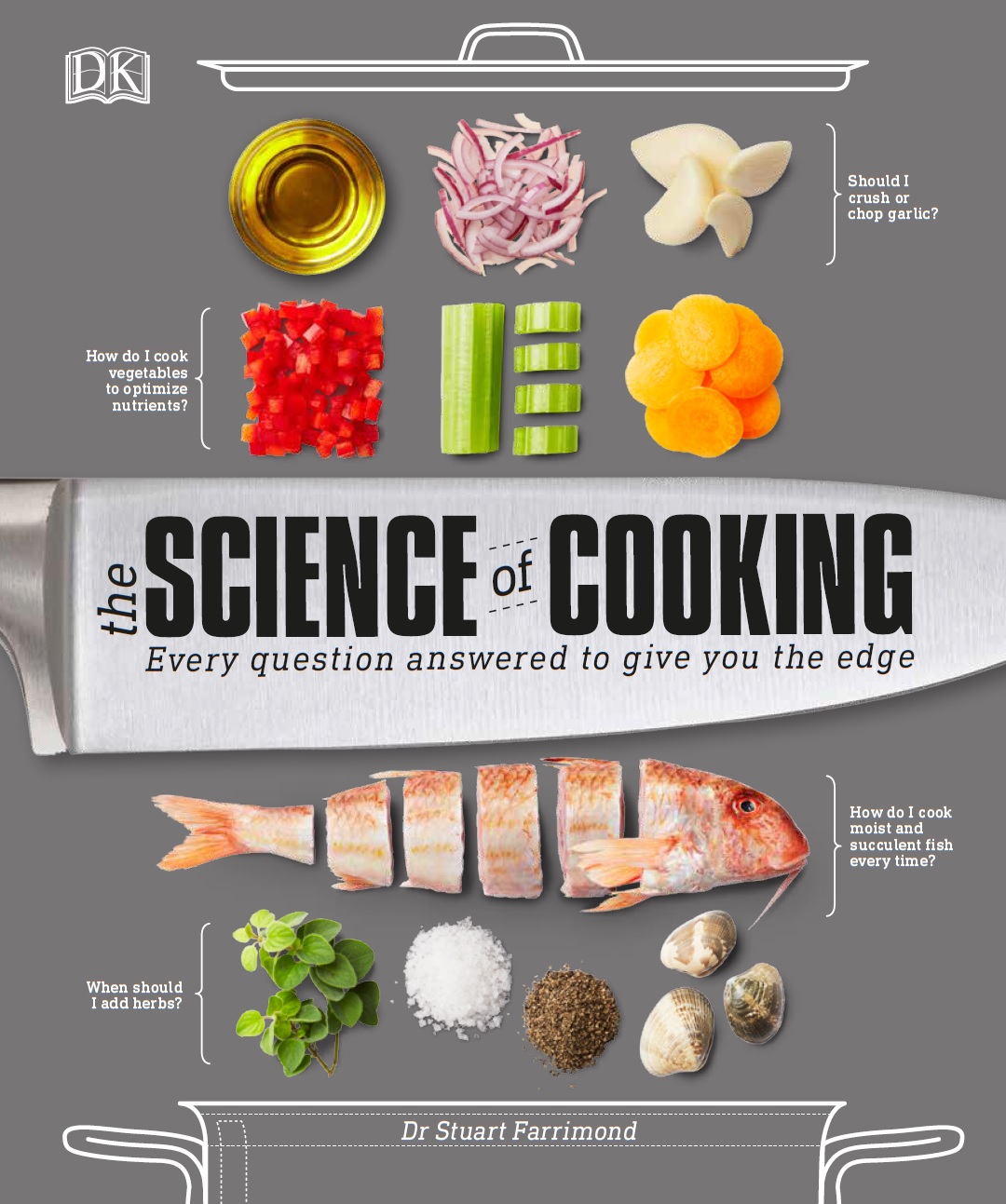



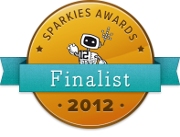
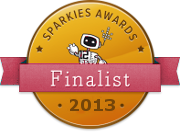
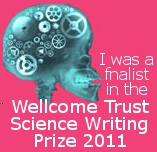


Reblogged this on Mumbling Mike and commented:
Energy Drinks and Battery Acid - what a combination
Posted by captnmike | May 26, 2014, 3:44 pmWhat does taurine do that is touted by so many of the drinks?
Adam
Posted by adam | May 26, 2014, 6:52 pmIt doesn’t really do much. It’s something that’s found in food normally, and it is an antioxidant. (see http://health.howstuffworks.com/wellness/food-nutrition/facts/antioxidant1.htm for more on antioxidants.)
It is also a neurotransmitter in the brain - a chemical that allows signals to pass around the brain - so is needed to help the brain function normally. However, drinking a load of it won’t actually get into the brain. You normally get plenty of taurine in your diet - taking on extra just makes the body pee it out.
There’s a more in depth look at taurine in Red Bull in this nice little article here: http://escholarship.org/uc/item/65k8r3bd
Posted by Stuart Farrimond | May 28, 2014, 2:46 pmThat’s scary stuff! I wasn’t even allowed to drink tea or coffee until probably the time I left home at 17!
I’m always surprised at how people drink their coffee - most of the day, unless I’m on early shift and tired, I don’t drink caffeinated coffee at all - I just stick to decaff. It tastes exactly the same (costs a bit more though)… And then you see those people who have a few takeaway ‘fancy coffees’ with all the milk, cream and sugar and think they’re just having a coffee - I’d say they were having dessert!
Carol.
Posted by mountaincoward | July 24, 2014, 10:09 pm